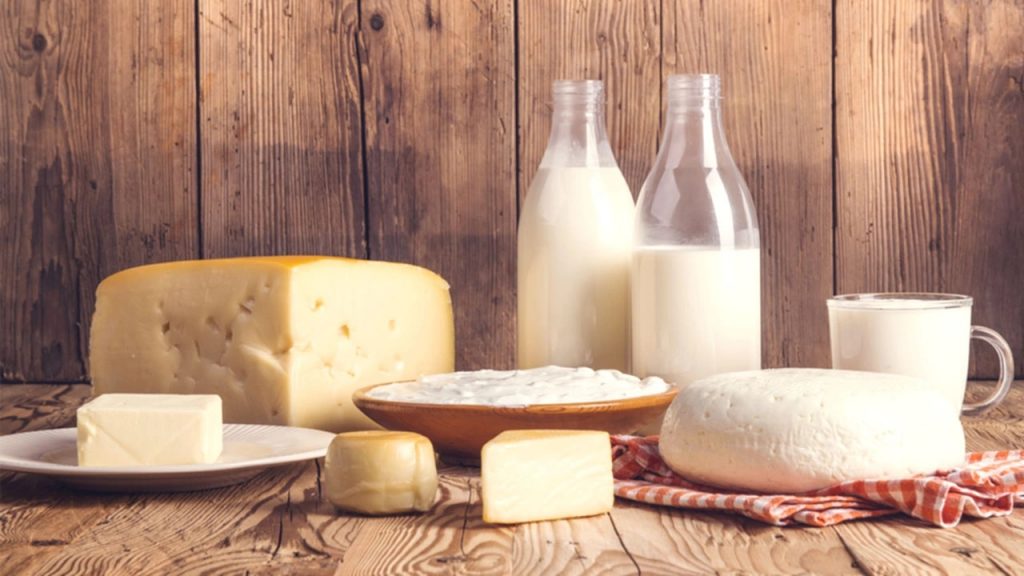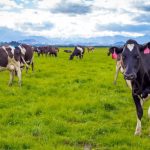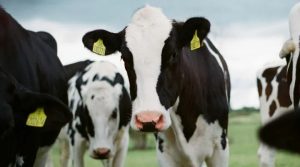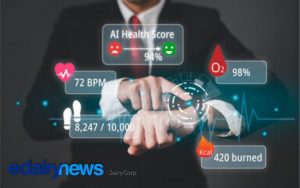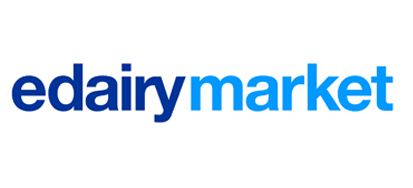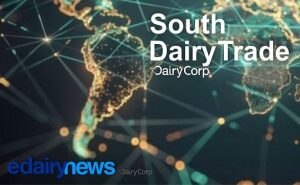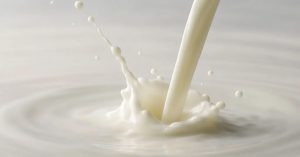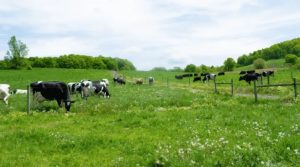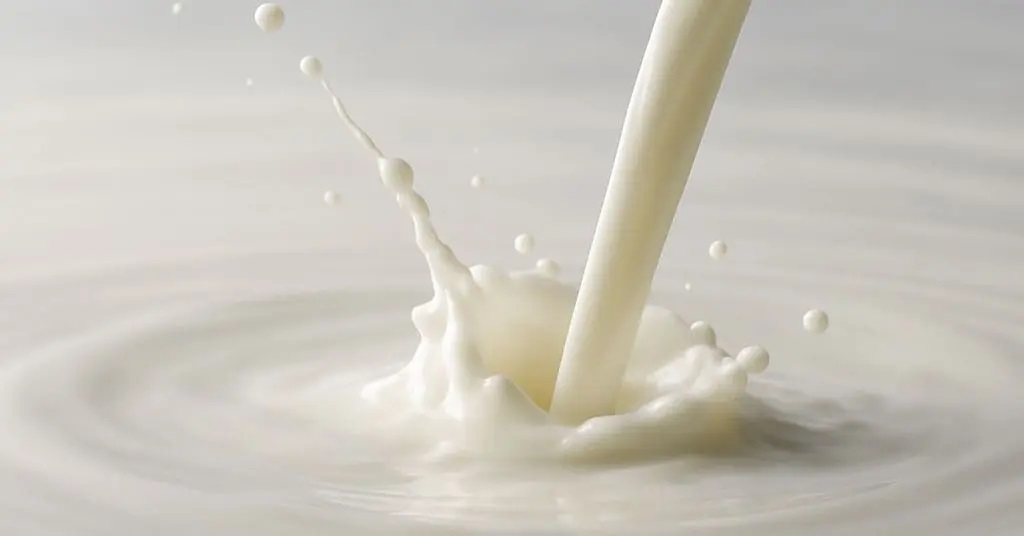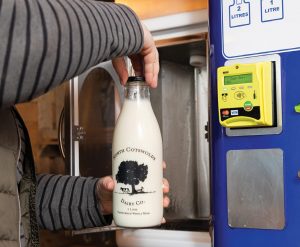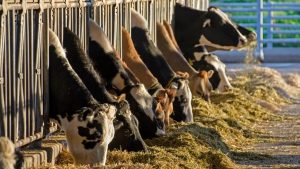
Historic gains in butterfat and protein content enable more production of cheese, butter and other high-demand dairy products.
Genetic improvements within the U.S. dairy herd are fueling historic gains in key milk components needed to produce cheese, butter and a variety of other popular dairy foods. While U.S. fluid milk production has remained relatively flat in recent years, butterfat and protein levels within the nation’s milk supply are growing at a record pace as more producers are employing genetics to optimize milk composition.
The steady upswing in milk components is paying dividends for dairy producers and positioning dairy processors for continued growth. Over 80% of the U.S. milk supply goes into manufactured dairy products that rely on butterfat and protein content. Demand for those two key milk components is rising as $8 billion of new dairy processing capacity is slated to come online through 2027.
According to new report from CoBank’s Knowledge Exchange, the historic pace of change in U.S. milk composition is poised to continue as genetic gains and market incentives will drive butterfat and protein production higher for the foreseeable future.
“As dairy farmers leverage their genetics programs to select animals for traits associated with milk component levels, there is untapped potential for how high butterfat and protein percentages can go,” said Corey Geiger, lead dairy economist with CoBank. “And there’s a clear financial incentive for producers, given that multiple component pricing programs place nearly 90% of the milk check value on butterfat and protein.”
Butterfat levels in U.S. milk have reached record highs for the past four consecutive years. In 2024, butterfat levels averaged 4.23% nationally, based on data from the U.S. Department of Agriculture’s National Agricultural Statistics Service. Protein content in milk has also been climbing, with new consecutive yearly records posted from 2016 to 2024. The average protein content in U.S. milk reached 3.29% in 2024, according to Federal Milk Marketing Order data.
The surge in butterfat and protein levels has far outpaced the more modest increase in overall milk production over the past 15 years. From 2001 to 2010, milk, butterfat and protein production, on a per-pound basis, all improved in a rather tight window ranging from 13.8% to 15.4%. Since then, growth rates for milk and milk components have decoupled. From 2011 to 2024, milk production increased 15.9%, while protein climbed 23.6% and butterfat increased 30.2%.

The game-changing story for the upward movement in milk components is genomics. The predictive power of genomic testing comes from comparing an individual animal’s DNA sample to the overall population. Those comparisons enable producers to evaluate animals and make breeding decisions based on a variety of production and health traits.
“Selecting animals for highly heritable traits and having a market incentive to do so has formed a strong foundation for dairy producers to develop their herds to produce more butterfat and protein,” said Geiger. “Genetics should continue to gain momentum in the coming years, and growing volumes of milk components will further supply the necessary ingredients for dairy processors.”
CoBank, headquartered in Denver, Colo., is a cooperative member of the Farm Credit System, a nationwide network of banks and retail lending associations chartered to support the borrowing needs of U.S. agriculture, rural infrastructure and rural communities. CoBank provides loans, leases, export financing and other financial services to agribusinesses and rural power, water and communications providers in all 50 states. The bank also provides wholesale loans and other financial services to affiliated Farm Credit associations serving more than 78,000 farmers, ranchers and other rural borrowers in 23 states.
You can now read the most important #news on #eDairyNews #Whatsapp channels!!!
🇺🇸 eDairy News INGLÊS: https://whatsapp.com/channel/0029VaKsjzGDTkJyIN6hcP1K
